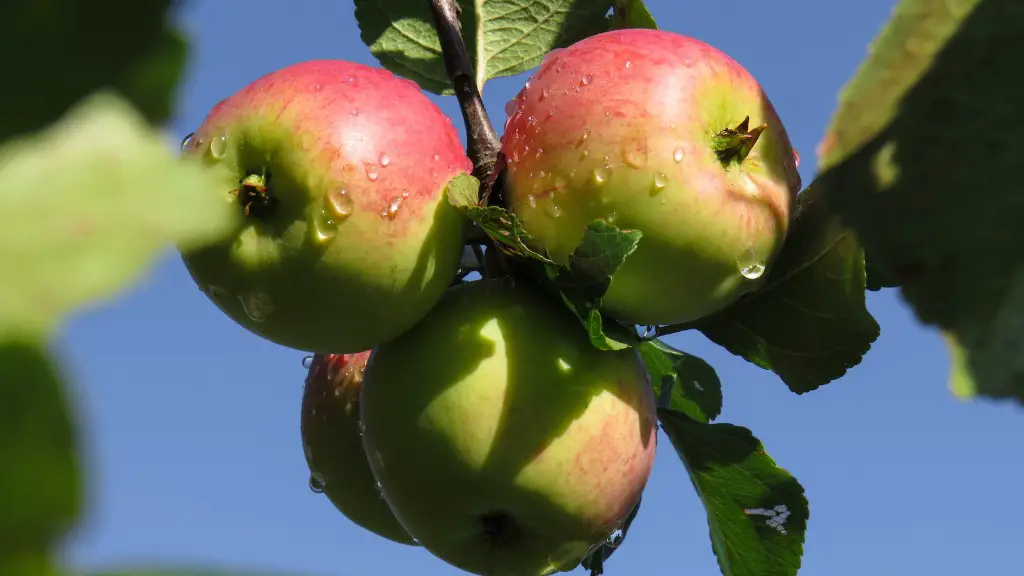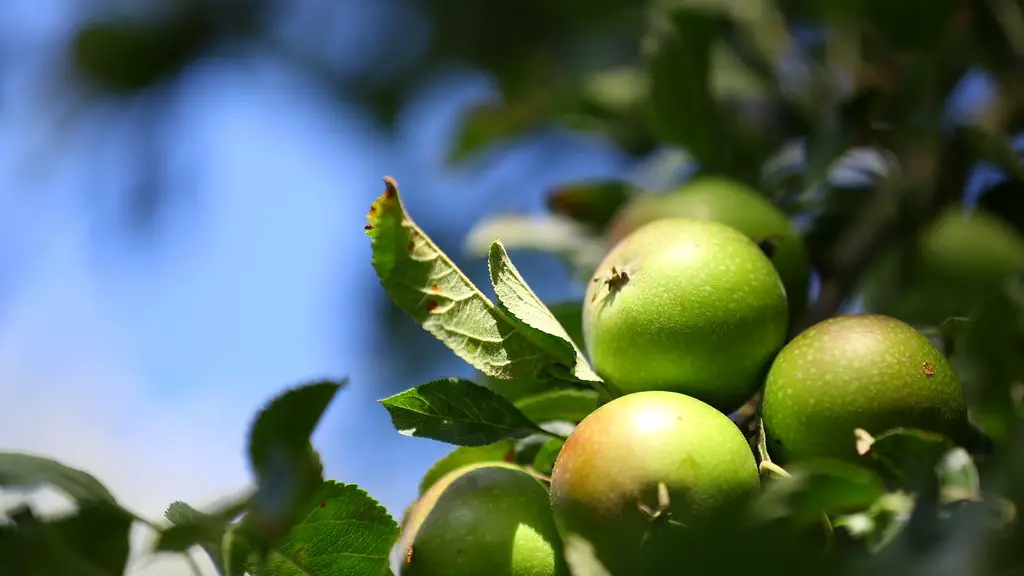One of the most sought after fruits in recent years, the Hass Avocado is a tree that grows in subtropical climates and has a long history of being cultivated. Despite its long history, many people do not know how long it takes for an avocado tree to bear fruit. The time it takes for an avocado tree to bear fruit is dependent on several different factors, including how the tree is cared for and the climate it is grown in.
In optimal conditions, a Hass avocado tree will typically reach maturity and bear fruit starting in its fourth year from the time it is planted, although it could possibly bear fruit earlier or take longer depending on weather, climate, and other factors.
Avocado trees need a lot of sun, as well as protection from strong winds and very cold temperatures. If an avocado tree is not provided with the proper amount of sun and other essential nutrients, it may take a few years longer than usual to bear fruit. Additionally, in order to bear the maximum quantity of fruit, a Hass avocado tree needs to be well-watered during the summer months.
When planted properly and with adequate care, a Hass avocado tree typically bears fruit in its fourth year, but this could go up to as high as somewhere between 5 to 7 years depending on the conditions it is grown in. Expert horticulturists advise that avoiding over or under fertilizing, choosing the best potting soil, and using the right size pot can all help to speed up the bearing of fruit.
In order to promote the best possible yield in the shortest amount of time, some farmers and home gardeners will pollinate the tree themselves by brushing it with a soft brush to disseminate the pollen. If this is done properly, it can speed up the process to as few as 3 years before it’s first harvest. Initially, the yields will be low, but they will eventually increase as the tree matures and the root system becomes established.
In general, professional horticulturists recommend pruning the tree in it’s first year or few years to encourage branching and direct growth, as well as pest and disease prevention. Once the tree reaches its full maturity, fruit yield can also be improved by adding mulch or compost to the area surrounding the roots of the tree. If these methods are used, it can result in an increased yield of up to 3 times more fruit year to year.
Spacing
When deciding on how far apart to plant avocado trees, a spacing of 10 – 12 feet apart is ideal for achieving the best yield. Trees that are planted too close to one another will be competing for essential nutrients, sun, and water, resulting in decreased yields or delay in bearing fruit. Planting further apart allows the trees to have adequate access to the nutrients they need to flourish and bear the maximum amount of fruit.
Watering
Avocado trees need to be watered regularly while they are fruiting, and this is particularly important in times of drought. The tree should be watered deeply whenever the soil is dry up to the depth of 1 foot, and that is the estimated amount of water the tree needs per week if there is no rainfall. If the tree is to bear fruit, it is essential to ensure that it does not dry out too much, as this can cause the tree to drop its fruit. Furthermore, naturally rainfed trees tend to be smaller and produce fewer avocados.
Fertilizing
Fertilizing an avocado tree can speed up its development and help it to bear more fruit, so a well-balanced fertilizer should be applied to it once a year. Generally speaking, fertilizer should be applied in the first two months of the growing season, but it can depend on the area, so consulting a local expert is advised. Too much fertilizer can burn the roots, so it’s important to follow the instructions and use only the recommended amount.
Harvesting
Once the tree has reached its full maturity, it’s time to begin harvesting the fruit. Depending on the type of avocado, the fruit will take between 4 – 6 months to reach full ripeness. Generally speaking, this ranges from late fall to early spring and some varieties may need to be picked earlier due to the risk of bird or animal predation. Expert advice should be taken in order to assess the optimal time for harvesting, as too early or too late can result in decrease yields or damaged fruit.
Storage
Once harvested, avocado fruit may need to be stored in order to extend its shelf life. To prevent the avocado from spoiling, it is recommended to store it in a well-ventilated room or area and only remove fruits from the tree that are ripe enough to eat. If the fruit needs to be stored for an extended period of time, it is best to put it in the refrigerator or freezer, but it should not be left in either for more than a few days as it can easily begin to spoil.
Disease Management
Avocado trees are susceptible to a number of diseases and pests, so it’s important to be familiar with the signs and symptoms of any possible infections in order to treat it quickly. In addition to pest or disease prevention, any fruit that has been affected should be removed immediately in order to prevent the spread of the disease. Additionally, any fallen or diseased fruit should be quickly removed and disposed of in order to stop the spread of the infection.
Conclusion
The Hass avocado tree can take between four to seven years to fully mature and bear fruit and the exact time will depend on the climate, soil, and how well it is cared for. Although it may seem like a long time, with proper care and attention, the Hass avocado tree can bear a good harvest and provide its owners with a fantastic supply of delicious fruit for a long time.


